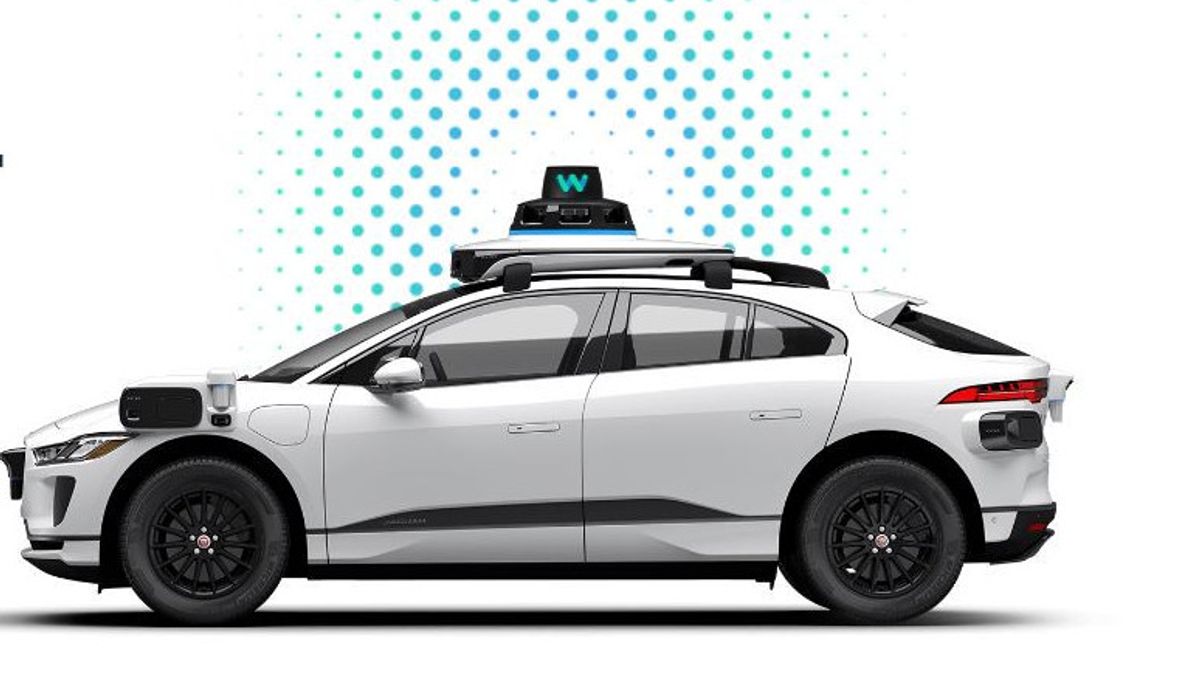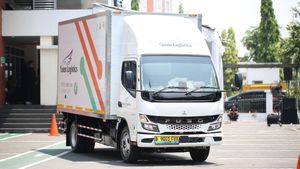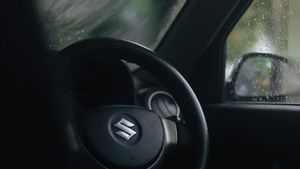JAKARTA - One Waymo driverless car crashed into a cyclist in San Francisco on Tuesday, February 6 and sparked another concern over this technology. But fortunately, the cyclist only suffered minor injuries and immediately left the scene.
This incident occurred when Waymo's car stopped at a four-way intersection, a large truck turned into the intersection. When the green light turned on, Waymo's car drove forward.
However, unknown, a cyclist was behind a truck and was not visible to Waymo's car sensor. When the cyclist was in the car lane, Waymo immediately braked hard but could not avoid the collision.
"We immediately contacted the police and the authorities regarding this incident," said a Waymo spokesman, reported by Reuters, February 7.
"Currently we are investigating the cause of the accident and ensuring the safety of our services," he added.
The San Francisco fire department said the cyclist did not require treatment at the hospital and police were investigating the incident. The San Francisco Police Department and the Motor Vehicle Department have yet to provide official comments regarding this incident.
This accident is in the spotlight again on the safety of driverless vehicles. Previously, General Motors (GM)'s driverless car unit was also being investigated for an accident involving pedestrians.
Safety activists continue to voice their concerns about driverless vehicle technology which is considered not yet fully safe. In addition, the presence of this technology is considered to be the biggest threat to driver work.
This incident is certainly a challenge for Waymo and other driverless car companies to increase public security and trust in this technology.
The accident involving Waymo's autonomous car in San Francisco and General Motors' (GM) Cruise has raised doubts about the security of this technology. Here are some reasons why autonomous cars are still hard to believe:
The sensors used by autonomous cars to detect the surrounding environment still have limitations. For example, lidar sensors and cameras have difficulty seeing objects behind the shadow or during bad weather.
Human behavior on the highway can be unexpected, such as motorcyclists running red lights or pedestrians crossing roads in inappropriate places. Autonomous cars are still having trouble anticipating situations like this.
Autonomous cars still require a lot of testing data on various road conditions and the weather to improve their capabilities. This process takes a lot of time and cost.
The internet-connected autonomous car system is at risk of being hacked by irresponsible parties. This can endanger passengers and other road users.
The English, Chinese, Japanese, Arabic, and French versions are automatically generated by the AI. So there may still be inaccuracies in translating, please always see Indonesian as our main language. (system supported by DigitalSiber.id)










